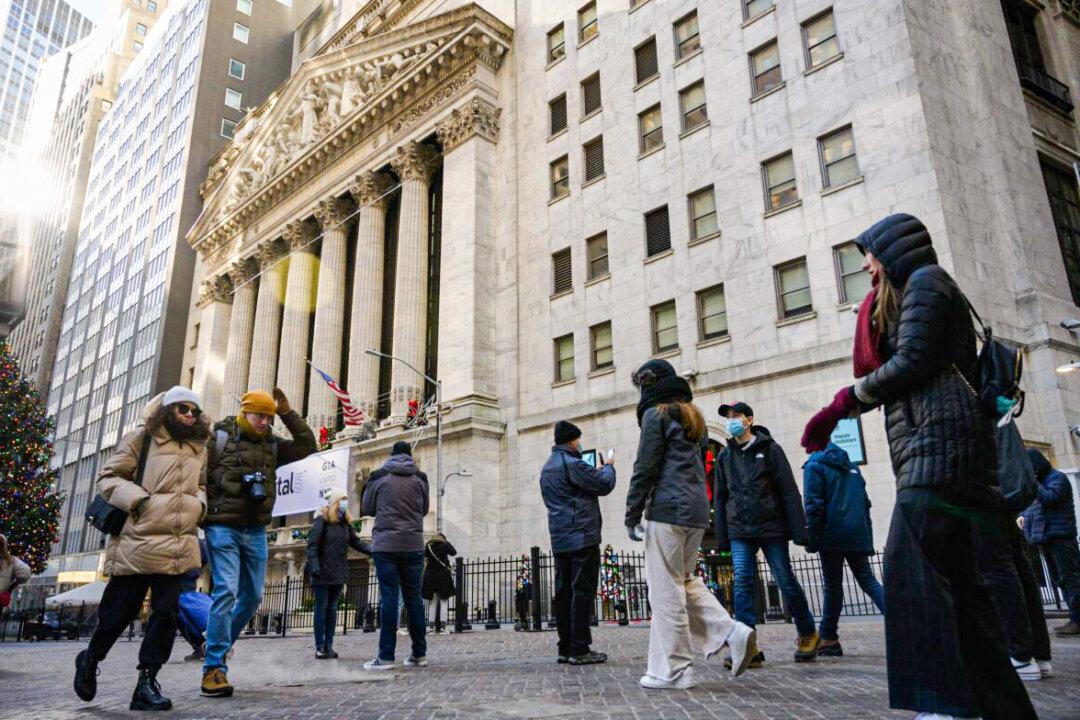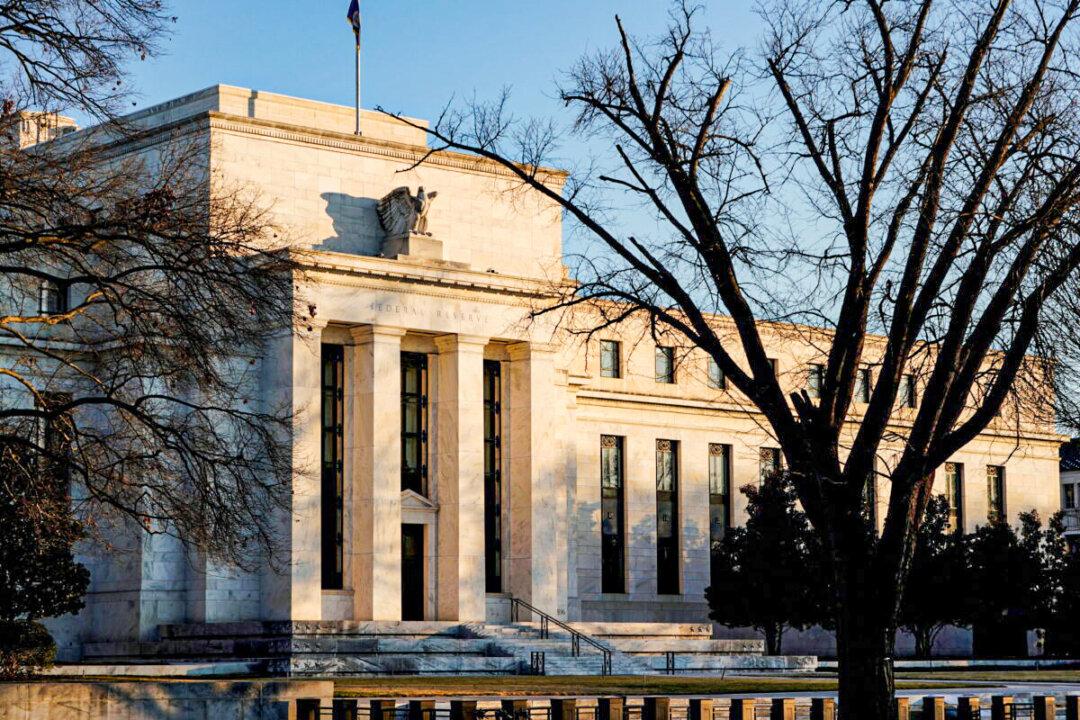Commentary
With consumer prices soaring to levels not seen since the early 1980s, many pundits are predicting the economy will enter a period of stagflation that could persist for years. Stagflation is any period marked by both rising inflation and rising unemployment, something our economy has not experienced since 1980. Despite the infrequency of periods of stagflation, investors have started taking precautionary measures.





